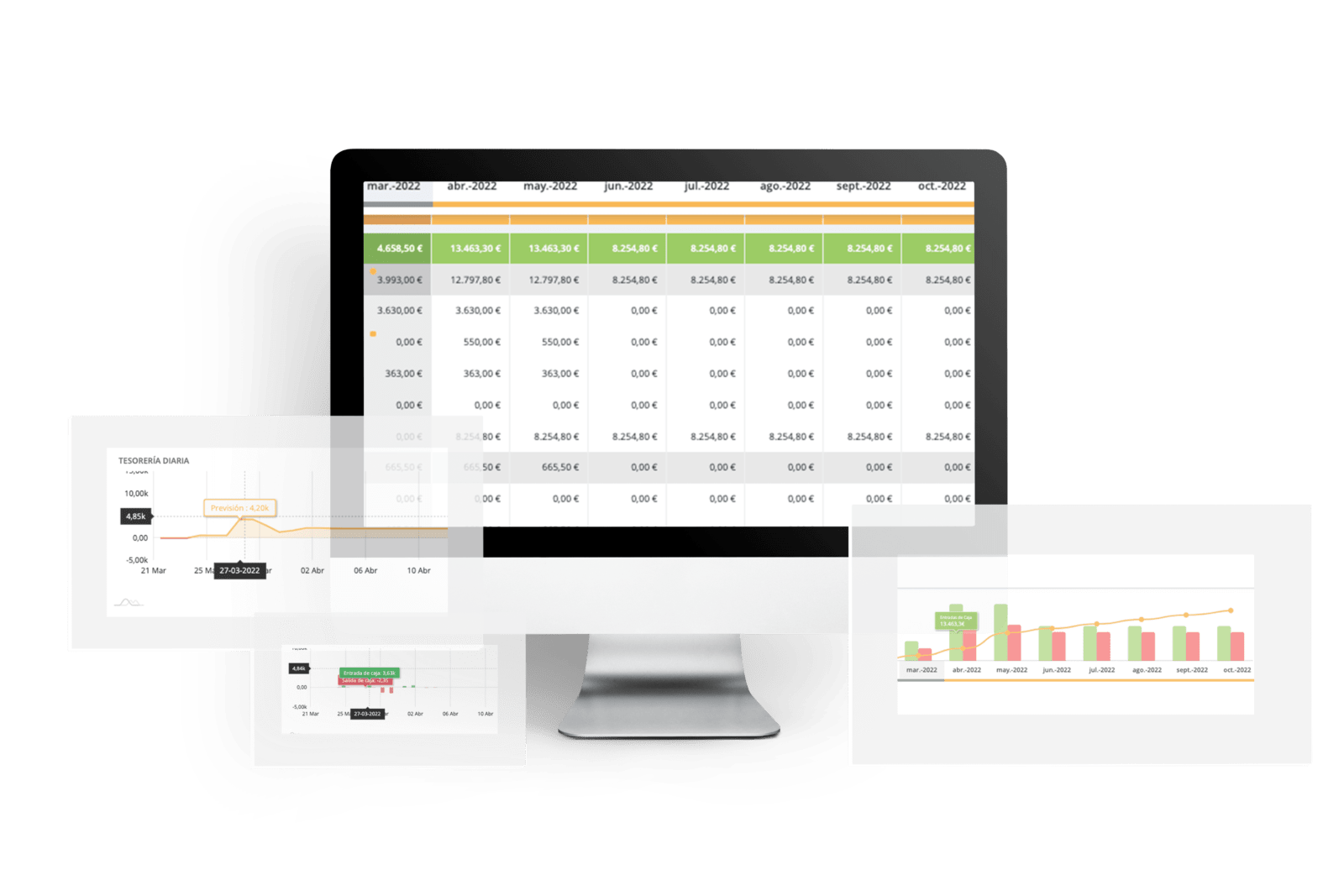Some of the main reasons small businesses fail is because they don’t know how to create a small business or SME budget. This causes pricing and cost problems, loss of focus and running out of cash. These problems can be prevented by having a realistic financial budget or an effective cash management tool. treasury control and management . In this article we will show you how to create an SME budget.
However, before you can focus on the budget, you must identify what aspects of your business you would like to improve. This will allow you to decide what you can do with your cash flow. Based on that list, you can set short and long term goals. Review your cash flow forecasts.
- These objectives will be directly affected by your incoming and outgoing cash.
- A short-term objective may be to pay off debt or purchase new equipment.
- Long-term goals, such as letting go of marketing expenses, are crucial because they are connected to the overall growth of your business.
- You must be practical with the goals you set for yourself.
- They should be based solely on your business’s ability to spend and save .
Once you have your goals set, you can create an effective and foolproof budget by following these steps.
How to create an SME budget
Analyze costs
Before you begin writing a budget, you should research the operating costs involved in your business. Knowing your costs inside and out provides you with the basic knowledge you need to develop a effective spending plan .
If you create a rough budget and then discover that you need more money for your business activities, this will jeopardize your goals. Your budget must be able to grow your revenues and profits sufficiently as your business expands to handle your growing expenses.
Your budget should take into account fixed, variable, one-time and unexpected costs. Some examples of fixed expenses are rent, mortgages, salaries, Internet, accounting services and insurance. Examples of variable costs include cost of goods sold and labor commissions.
There is little harm in overestimating the costs involved, as you will need enough cash to handle your future expenses. If your business is new, you must also include start-up costs. Planning your budget in this way will help you make the right decisions and address any unwanted financial surprises.
Learn how to negotiate costs with suppliers
This step will be useful for companies that have been in operation for more than one year and depend on suppliers to sell products. Before you start your annual budget, talk to your suppliers and try to get discounted rates for the materials, products or services you need before you make your payments.
Negotiations allow you to build trusting relationships with your suppliers. This will be useful when incoming cash is scarce.
For example, you may have a seasonal business. When you have enough cash saved, you can pay advance amounts to your suppliers as compensation for times when you are unable to make payments.
The main objective here is to find efficient ways to reduce the cost of doing business.
Calculate your income
Many companies have failed in the past by overestimating revenues and borrowing more cash to meet operating needs. This defeats the very purpose of creating a budget.
To keep things realistic, it is a good idea to analyze previously recorded revenues. Companies should track revenues periodically on a monthly, quarterly and annual basis.
The previous year’s revenue figures can act as a benchmark for the coming year. It is important to rely solely on these empirical data. This will help you set realistic goals for your team, which will lead to the eventual growth of your business.
How to create an SME budget
Uses automated treasury software
Save time and keep your finances in order thanks to the advanced Orama system to help you have a realistic view of your company.





